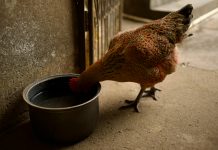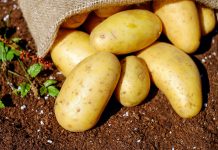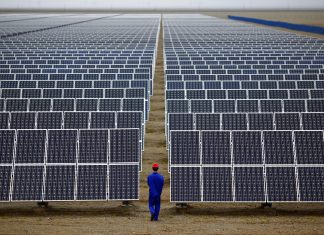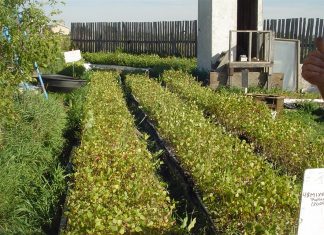Creating an off-grid food processing system is becoming increasingly important as the world becomes more energy inefficient and resources become harder to come by. This means that using sustainable, inexpensive materials to create a reliable, effective food processing system can be crucial for those living in remote areas or who want to be independent of traditional power sources.
Utilizing innovative technology like sleever machines, such as the ones at ELITER, is a key component of developing efficient and sustainable off-grid food processing systems. These sleever machines are equipped with multi-axis servo systems and feature heavy-duty stainless steel construction, making them ideal for hygienic applications in food and dairy products. Their efficiency and durability align with the goal of creating reliable and self-sustaining food processing systems in off-grid or resource-constrained environments.
This article will discuss how to create a cost-effective and sustainable off-grid food processing system. We will explain the components of an effective off-grid system, provide tips on where to source materials, and discuss how to make sure your system remains efficient and productive.
Components Involved
An off-grid food processing system requires a few key components:
1. Solar Panels:
Solar panels are the primary energy source for off-grid systems and typically provide enough power to operate all necessary equipment.
2. Batteries:
The batteries store the energy generated by the solar panels, and can be used to power your food processor when needed.
3. Generator:
What are the benefits of generator hire? A generator installation company can help install standby power generators which will act as a backup if you do not have enough solar energy to power your food processor. It is important to have a standby generator when setting up your off-grid system, as it will allow you to utilize your food processor still when the sun isn’t shining.
4. Inverter:
An inverter is needed to convert the DC power from your batteries into AC power which can be used to run your food processor.

Sourcing Materials
When sourcing materials for your off-grid system, it’s essential to make sure you are getting quality parts at a reasonable price. It can also be beneficial to purchase used parts, as this can help you save money while still ensuring that your system is reliable.
When it comes to solar panels and batteries, it’s best to ask advice from a reputable company similar to this ESG Group Solar that has the expertise in off-grid energy systems. This will ensure that the components are of high quality and will last for years. Also, it’s essential to make sure you purchase the correct voltage and wattage for your system, as this will ensure that the components are compatible and can power your food processor.
When sourcing a generator and inverter, purchasing from a company specializing in off-grid energy systems is best. This will ensure that the components are the right size and will be compatible with your system.
Maintaining Efficiency
Once you have all the components for your off-grid food processing system, it’s essential to ensure that it runs efficiently. This means ensuring that all components are maintained properly and receiving enough energy from the solar panels and batteries.
It’s also essential to check the wiring on a regular basis, as this can be a major source of inefficiency in off-grid systems.
Ensure that your food processor is operating correctly and that it is properly lubricated, so it doesn’t overheat or malfunction. Also, ensure that the batteries are properly charged and that your generator is in good working order.
Choose The Right Site For Your Food Processing System

Choosing an area that will supply you with a consistent water source and access to any equipment or supplies needed for the system is essential. The site should also be away from sources of pollution, such as busy roads and factories, to ensure that the food produced is safe and clean.
Once the site has been chosen, it’s time to begin setting up the off-grid food processing system. Begin by creating a compost bed to provide essential nutrients for plant growth. Consider building raised beds or creating a mound of dirt to make it easier to access the compost materials and monitor their progress.
Additionally, plan where resources like solar panels and wind turbines will be placed to power the system.
Next, it is vital to choose the right food processing equipment for the job. Consider what type of food you will create (for example, grains, vegetables, dairy products, etc.), and then determine which tools are needed to process them. For example, a cheese press may be required if you plan on making cheese from milk.
Finally, build a storage area to store the processed foods until they are ready for use. This can be as simple as a root cellar or as elaborate as an outdoor pantry. Ensure it is waterproofed and secure from pests and vermin to keep the food safe and uncontaminated. Hire mice control services from Michigan’s Bat Expert to keep your home mice-free. Furthermore, if you need additional space for storage, you can choose what’s best for the item you’re going to store by visiting this website at https://www.frippwarehousing.com/packaging-and-distributing/.
Conclusion
Creating an off-grid food processing system is a great way to ensure your own food security. Limiting power consumption and incorporating renewable energy sources can make an environmentally friendly and cost-effective solution.
With some planning and research, you can have a reliable source of fresh produce while saving time and money in the process. Remember that the best off-grid food processing systems will be tailored to your needs and resources, so don’t hesitate to get creative.














